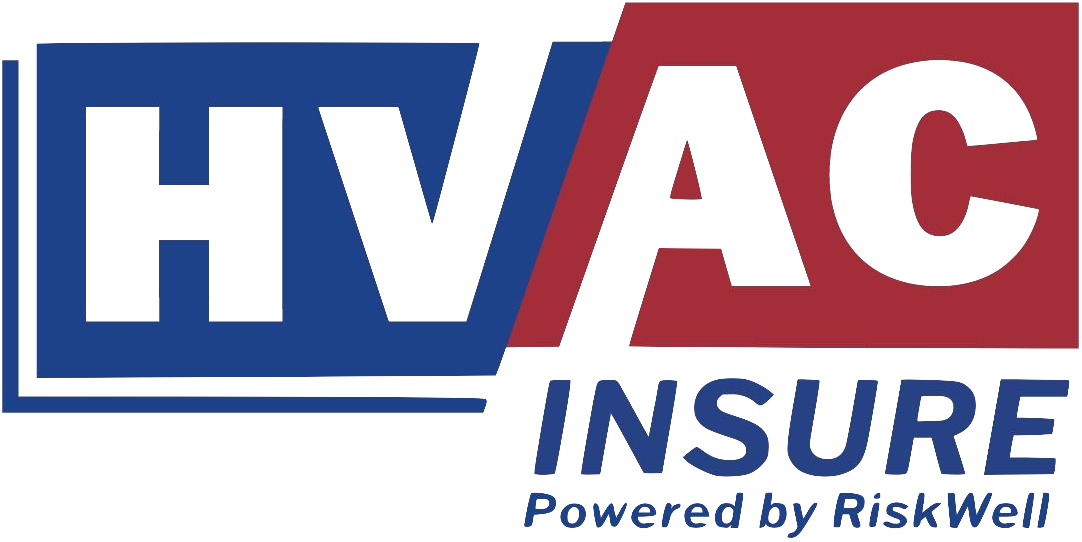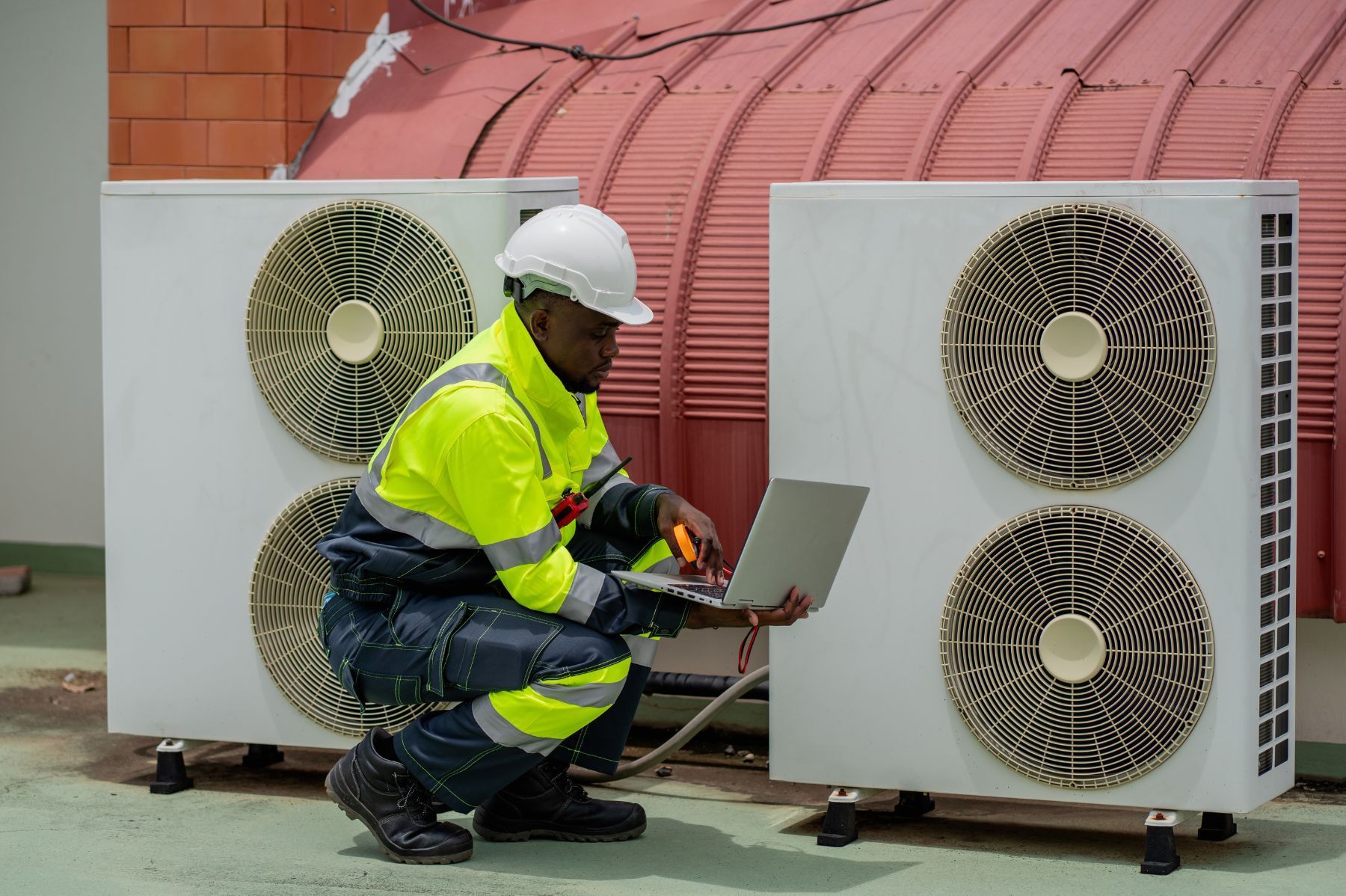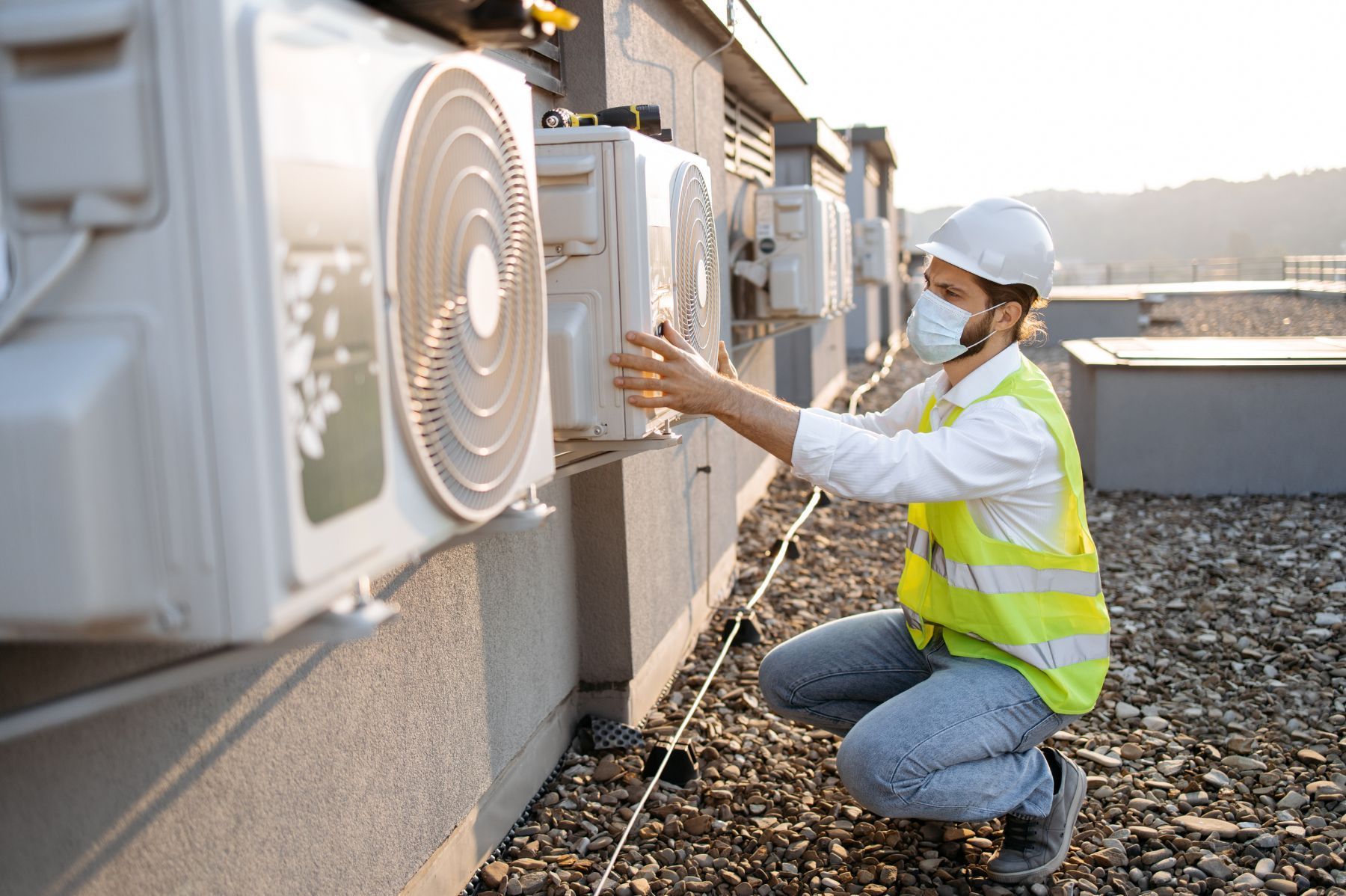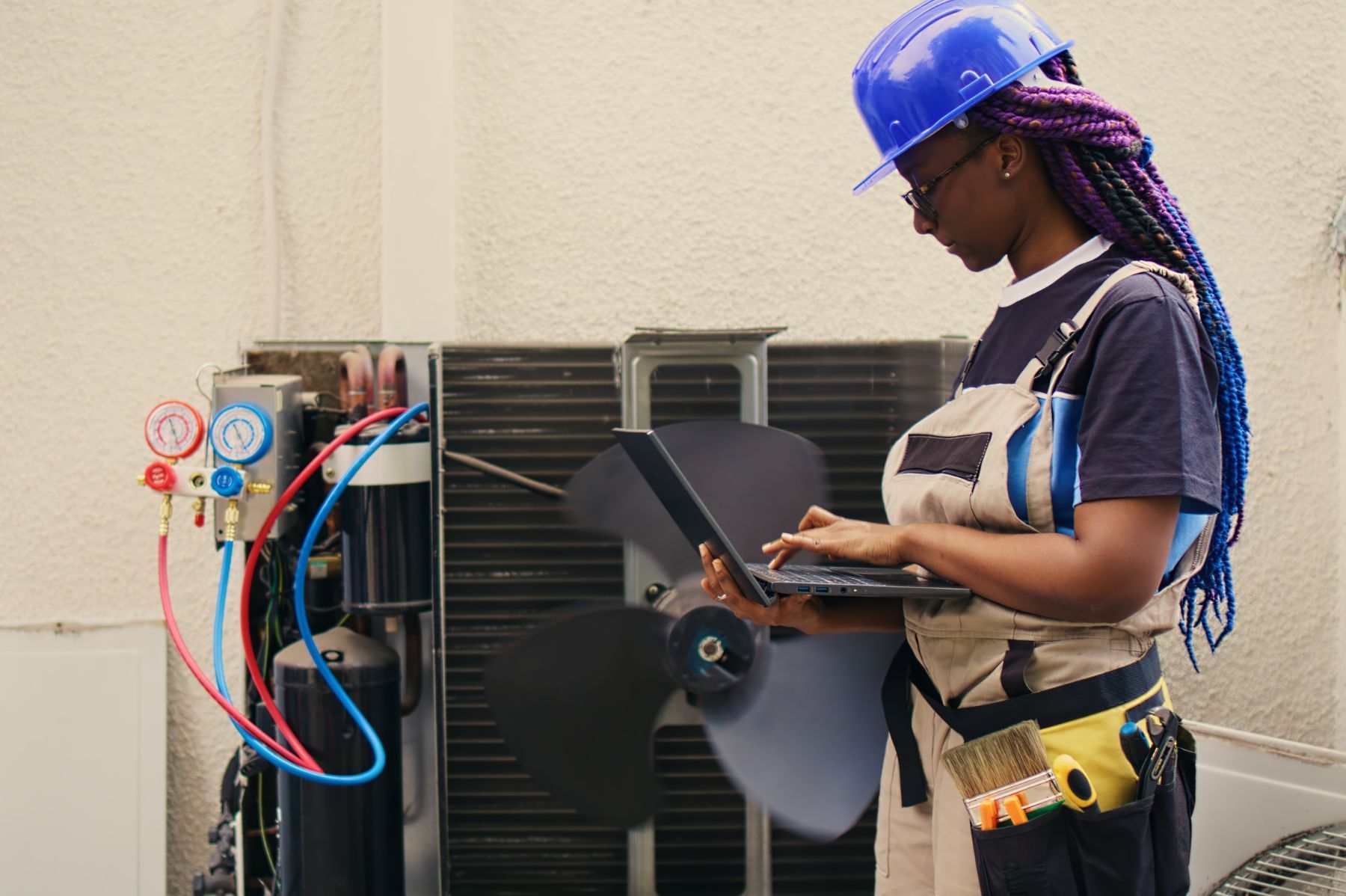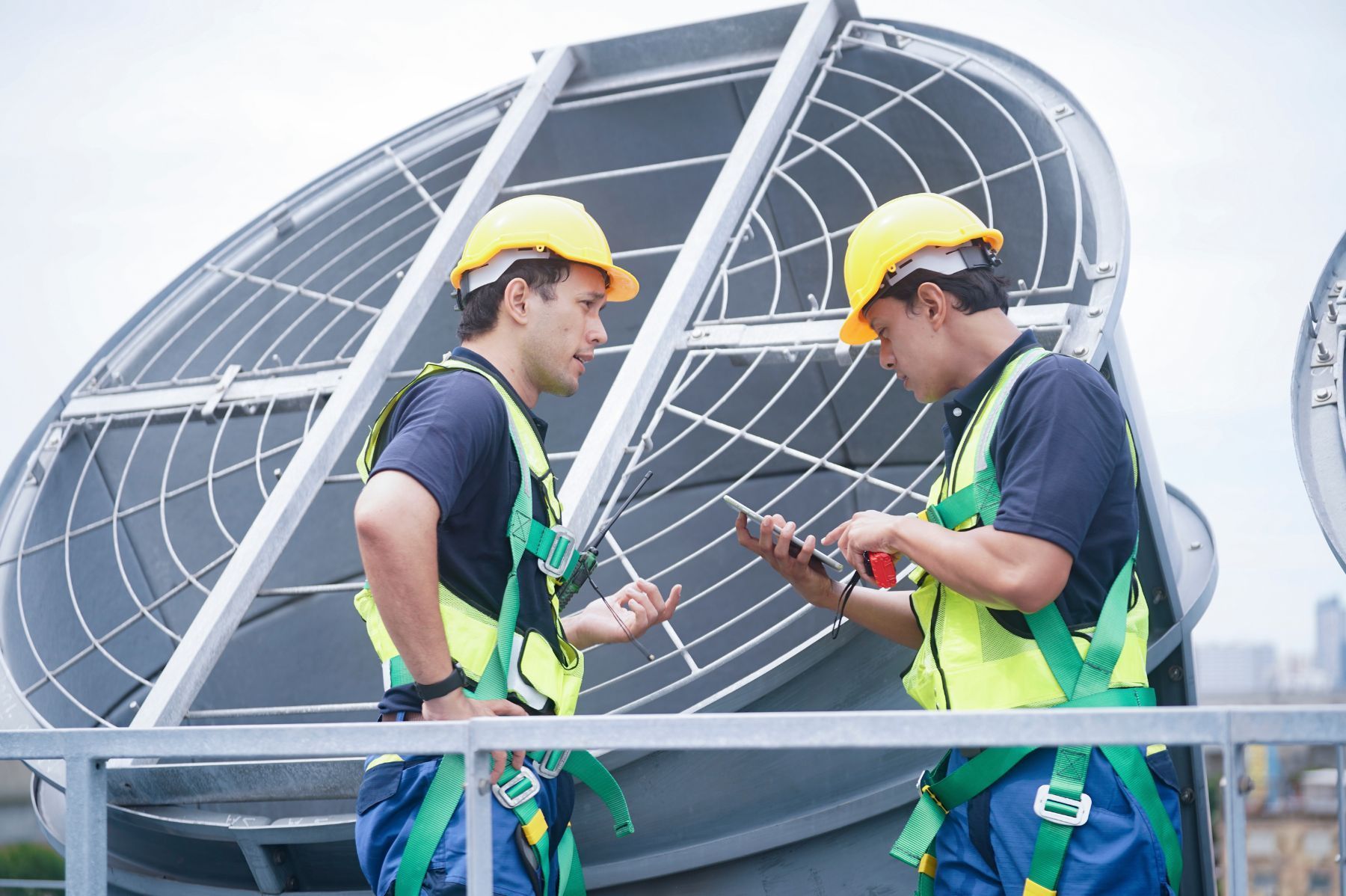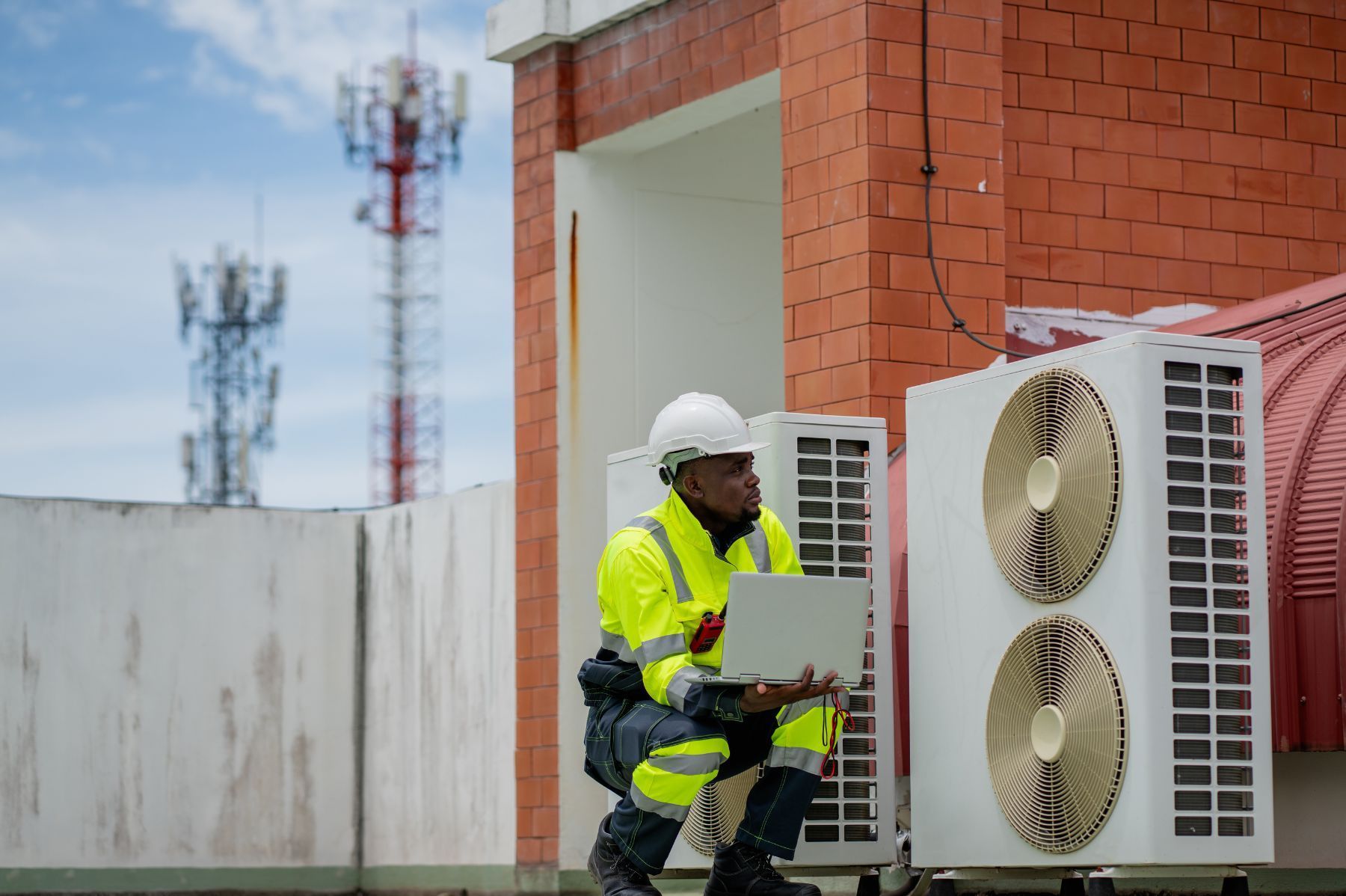Cybersecurity 101 for HVAC Contractors
See How We're Different
or call us: (469) 678-8001

Imagine a busy HVAC contractor’s office where service schedules, client data, and building control systems all rely on connected technology. Now picture a ransomware attack locking down those systems, halting operations and risking sensitive information. This scenario is becoming alarmingly common. Despite growing cybersecurity fears, nearly half of contractors still operate without cyber insurance, leaving their businesses vulnerable to costly disruptions and data breaches. The National Roofing Contractors Association highlights this gap, which rings true across the HVAC industry as well.
For HVAC contractors, cybersecurity is no longer just an IT concern. It’s a business imperative that touches every part of operations-from smart building controls to client data management. Understanding the risks and how to defend against them can protect your company’s reputation, finances, and long-term viability.
Why Cybersecurity Matters for HVAC Contractors
HVAC contractors manage more than just physical equipment. Increasingly, they handle smart systems integrated with the Internet of Things (IoT), cloud platforms, and artificial intelligence. These technologies improve efficiency but also open new doors for cyber threats.
The global HVAC industry is undergoing a transformation fueled by IoT and AI, alongside sustainability initiatives. This convergence means contractors are responsible for securing operational technology (OT) environments that control heating, ventilation, and air conditioning systems. According to Frost & Sullivan, these smart HVAC systems are revolutionizing building efficiency but require robust cybersecurity measures to prevent unauthorized access and data breaches.
Facility managers are acutely aware of these risks. A survey by Honeywell found that 71% of facility managers consider OT cybersecurity a significant concern. Yet, many HVAC contractors have yet to prioritize cyber defenses or invest in insurance coverage that could mitigate financial losses from attacks. As the industry evolves, the need for a proactive approach to cybersecurity becomes increasingly critical, especially as more HVAC systems become interconnected and reliant on cloud-based technologies.
Rising Threats: Ransomware and Unauthorized Access
Ransomware attacks are on the rise, with reports showing more than 200 attacks daily across industries. HVAC providers are prime targets because their systems are often connected to critical infrastructure and lack rigorous cybersecurity controls. When attackers infiltrate these networks, they can lock down systems, demand ransoms, and disrupt essential services. The implications of such disruptions extend beyond immediate financial losses; they can also lead to reputational damage and loss of customer trust, which can take years to rebuild.
To defend against these threats, contractors must identify unauthorized devices on their networks, monitor for abnormal behavior, encrypt sensitive data, and enforce strict access controls. Dennis Marcell Victor, a growth expert at Frost & Sullivan, emphasizes these steps as foundational to securing connected systems and preventing costly breaches. Additionally, HVAC contractors should consider implementing regular cybersecurity training for their staff, as human error remains one of the most significant vulnerabilities in any security framework. By fostering a culture of cybersecurity awareness, contractors can empower their teams to recognize potential threats and respond appropriately, ultimately fortifying their defenses against an ever-evolving landscape of cyber risks.
Common Cybersecurity Challenges in HVAC Operations
Many HVAC contractors face unique challenges when it comes to cybersecurity. Unlike traditional IT environments, operational technology systems often run legacy software and hardware that were not designed with security in mind. This creates vulnerabilities that attackers can exploit. The integration of these outdated systems with modern technologies can further complicate security efforts, as the older components may not support the latest security protocols or updates, leaving them open to attacks that could compromise entire systems.
Additionally, the rapid adoption of smart HVAC controls, which have grown at an 8.22% compound annual growth rate from 2014 to 2020, means more devices and endpoints to manage and secure. With nearly one million plumbing and HVAC contractor establishments in the U.S. alone, the scale of potential targets is vast. Each of these smart devices can serve as an entry point for cybercriminals, making it imperative for contractors to develop robust security strategies that encompass all aspects of their operations, from the office to the field.
Underfunded Cyber Hygiene in OT Systems
Mirel Sehic, Global Director of Cybersecurity at Honeywell Building Technologies, points out that OT environments often receive less attention and funding than IT systems. This neglect leaves critical building controls exposed to cyber risks that could be mitigated with proper monitoring and maintenance. The disparity in funding can often be attributed to a lack of understanding of the potential consequences of cyber threats in the HVAC sector, where the focus tends to be on physical infrastructure rather than digital vulnerabilities.
Contractors may lack the expertise or resources to implement strong digital hygiene practices, such as regular software updates, vulnerability assessments, and employee training. Without these measures, even a small security gap can lead to significant operational disruptions and financial losses. Furthermore, the increasing complexity of regulatory requirements surrounding data protection and privacy adds another layer of challenge for HVAC contractors. Compliance with standards such as the General Data Protection Regulation (GDPR) or the Health Insurance Portability and Accountability Act (HIPAA) necessitates a deeper understanding of cybersecurity, which many contractors may not possess. As a result, investing in cybersecurity education and resources is not just a best practice; it is becoming a critical necessity for survival in a competitive market.
Practical Cybersecurity Steps for HVAC Contractors
Securing your HVAC business starts with understanding where your risks lie and taking targeted actions to reduce them. Here are practical steps contractors can take to improve their cybersecurity posture.
1. Inventory and Monitor Connected Devices
Start by identifying every device connected to your network, including smart thermostats, sensors, and control panels. Unauthorized or forgotten devices can be entry points for attackers. Use network monitoring tools to detect unusual activity that could signal a breach. Regular audits of connected devices can also help ensure that only authorized equipment is in use, and it’s wise to maintain a detailed log of device configurations and updates. This proactive approach not only helps in identifying vulnerabilities but also aids in compliance with industry regulations.
2. Encrypt Sensitive Data
Data such as client information, system credentials, and operational logs should be encrypted both in transit and at rest. Encryption helps protect this information even if attackers gain access to your systems. Additionally, consider implementing robust key management practices to ensure that encryption keys are stored securely and are accessible only to authorized personnel. Regularly reviewing encryption protocols and updating them as necessary can further strengthen your defenses against evolving cyber threats.
3. Implement Access Controls
Limit access to critical systems based on job roles and responsibilities. Use strong authentication methods, such as multi-factor authentication, to reduce the risk of unauthorized access. It’s also beneficial to conduct periodic reviews of user access rights to ensure that only those who need access to sensitive information have it. Implementing role-based access control (RBAC) can streamline this process, allowing for a more organized and secure approach to managing user permissions.
4. Train Your Team
Human error is a leading cause of cyber incidents. Regular training on phishing, password hygiene, and safe internet practices can empower your staff to act as a first line of defense. Consider incorporating simulated phishing attacks into your training regimen to provide real-world experience in recognizing threats. Encouraging a culture of cybersecurity awareness within your team can significantly reduce the likelihood of successful attacks, as employees become more vigilant and informed about potential risks.
5. Invest in Cyber Insurance
Despite the risks, nearly half of contractors do not carry cyber insurance. Having coverage can help manage the financial fallout from cyberattacks, including legal fees, notification costs, and business interruption losses. When selecting a policy, it’s crucial to understand the specifics of what is covered, such as data breaches and ransomware attacks, as well as any exclusions that may apply. Consulting with an insurance professional who specializes in cyber risk can provide valuable insights into the best options for your business, ensuring that you are adequately protected against the increasing threat landscape.
How Cyber Insurance Supports HVAC Contractors
Cyber insurance is more than just a safety net. It is a strategic component of risk management that can make recovery faster and less costly. Policies typically cover expenses related to data breaches, ransomware payments, forensic investigations, and regulatory fines. As HVAC contractors increasingly rely on digital tools for scheduling, billing, and customer communication, the potential for cyber incidents grows. A well-structured cyber insurance policy can provide peace of mind, allowing contractors to focus on their core business operations without the constant worry of cyber threats looming over them.
Given the increasing frequency of ransomware attacks, having insurance can be the difference between a temporary setback and a business-ending disaster. Contractors should carefully review policy terms to ensure coverage matches their specific risks and operational realities. Additionally, many insurers offer resources and training to help businesses improve their cybersecurity posture, which can be invaluable in preventing incidents before they occur. By investing in both cyber insurance and proactive security measures, HVAC contractors can create a robust defense against the evolving landscape of cyber threats.
Coverage Comparison: Cyber Insurance Essentials
| Coverage Type | What It Covers | Why It Matters |
|---|---|---|
| Data Breach Response | Costs for notifying affected clients, credit monitoring, and legal fees | Protects reputation and complies with privacy laws |
| Ransomware Payment | BillFunds to pay ransom demands and negotiate with attackers | Helps restore operations quickly after an attack |
| Business Interruption | Losses due to downtime and operational disruption | Keeps cash flow stable during recovery |
| Cyber Extortion | Costs related to threats beyond ransomware, such as DDoS attacks | Broad protection against evolving cyber threats |
In addition to these essential coverages, many policies also include provisions for crisis management and public relations efforts following a cyber incident. This can be crucial for maintaining customer trust and mitigating reputational damage. HVAC contractors often build long-term relationships with their clients, and a swift, transparent response to a data breach can help preserve that trust. Furthermore, as regulatory environments around data protection become more stringent, having robust cyber insurance coverage can ensure compliance and protect against hefty fines that could otherwise cripple a small business.
Moreover, the landscape of cyber threats is constantly evolving, with new vulnerabilities emerging as technology advances. HVAC contractors should stay informed about the latest trends in cybersecurity, such as the rise of IoT devices in smart HVAC systems, which can introduce additional risks. By understanding these challenges and working closely with their insurance providers, contractors can tailor their coverage to address specific vulnerabilities, ensuring that they are not only protected against current threats but also prepared for future challenges in the digital realm.
Looking Ahead: The Future of HVAC Cybersecurity
The HVAC industry will continue evolving with technology advances and sustainability goals. This means cybersecurity will only grow in importance. Contractors who proactively secure their systems and educate their teams will have a competitive advantage.
Building cybersecurity into every project—from installation to maintenance—can prevent costly incidents and build client trust. As smart HVAC controls expand, so will the need for vigilance and innovation in cyber defense. The integration of IoT devices into HVAC systems has introduced new vulnerabilities, making it essential for industry professionals to stay informed about the latest threats and mitigation strategies. Regular training sessions and updates on cybersecurity best practices can empower teams to recognize potential risks before they escalate into serious issues.
Moreover, as regulatory frameworks around data protection tighten, HVAC companies will need to ensure compliance with standards such as GDPR and CCPA. This not only involves securing customer data but also implementing transparent data handling practices that foster trust. By prioritizing cybersecurity, HVAC contractors can position themselves as leaders in the industry, capable of delivering not just efficient systems but also peace of mind to their clients.
For more insights on the smart HVAC revolution and cybersecurity, Research and Markets offers detailed analysis of industry trends and growth forecasts. As the market continues to evolve, staying ahead of cybersecurity challenges will be crucial for maintaining a competitive edge and ensuring the longevity of HVAC businesses in an increasingly digital landscape.
Frequently Asked Questions
Q: Why is cybersecurity important for HVAC contractors?
A: HVAC contractors manage connected systems that control building environments. Cybersecurity protects these systems from attacks that can disrupt operations and compromise sensitive data.
Q: What are common cyber threats facing HVAC businesses?
A: Ransomware, unauthorized access, and data breaches are common threats. Attackers target HVAC systems because they often lack strong security controls.
Q: How can I start improving cybersecurity in my HVAC business?
A: Begin by identifying connected devices, encrypting data, implementing access controls, training your team, and considering cyber insurance coverage.
Q: Is cyber insurance necessary for HVAC contractors?
A: Yes. Cyber insurance helps cover costs from data breaches, ransomware, and business interruptions, making recovery faster and less costly.
Q: What role does employee training play in cybersecurity?
A: Training reduces human error, which is a major cause of cyber incidents. Educated employees are better at spotting phishing and following security best practices.
Q: How does operational technology (OT) differ from IT in HVAC systems?
A: OT refers to hardware and software that control physical devices like HVAC systems. It often has different security needs than traditional IT systems but requires equal attention.
Cybersecurity is no longer optional for HVAC contractors. It is a critical part of protecting your business, your clients, and your future. Taking proactive steps today can save you from costly headaches tomorrow.
